A Strong Case for Wood Foundations
You may be skeptical of a foundation made of wood, but it’s fast and easy to build and more energy-efficient than concrete.
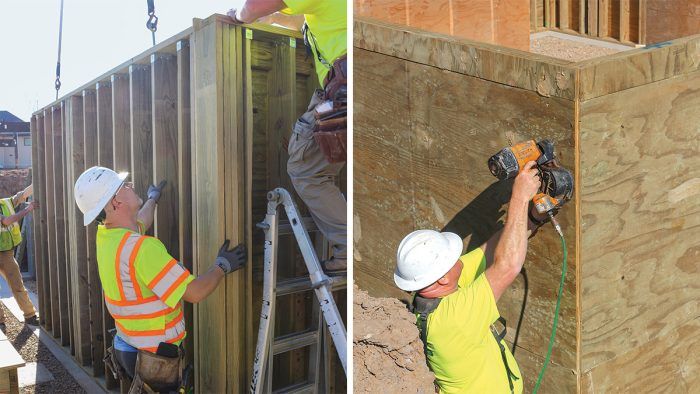
Permanent wood foundations (PWFs) are not a new concept. In 1985 the American Wood Council (AWC) presented the idea to Minneapolis home builders and building inspectors. After the demonstration, Minnesota’s chief building inspector declared he would build his house on a wood foundation, and he worked with a wood-component manufacturer in Prescott, Wis., to make and set the foundation walls for his house.
Not long after our chief inspector built his house on a wood foundation, I did too, and so did my foundation contractor, Scott Johnson of SA Johnson Construction. Since then, Scott has installed over 500 PWFs and my company has built more than 1000 homes on PWFs. We are not alone. Since 1937 when the AWC developed its PWF construction standard, more than half a million wood foundations have been put into service in the United States.
PWFs are built from pressure-treated wood-framed walls with pressure-treated plywood sheathing. They’re a viable alternative to concrete-block and cast-concrete foundation walls, and there are provisions in section R402.1 of the International Residential Code (IRC) for using them. PWFs can be employed anywhere in the country for full-height basements or crawlspaces and for large and small additions.
PWFs also eliminate a lot of concrete and its associated carbon inputs. We set my home’s foundation panels on concrete footings because Scott and I think it’s far easier to level the footing formwork than the individual panels that make up the foundation. But you can further reduce the amount of concrete in a house’s construction by building a PWF without a concrete footing, using a wider piece of pressure-treated lumber for the foundation walls to bear on.
If you live in an area where concrete or block foundations are the norm, a foundation made from studs and plywood might sound like a bad idea, but I think a wood foundation is a viable alternative to block or concrete and has a number of advantages over those foundation types.
Bring the panels on-site
Machine help required
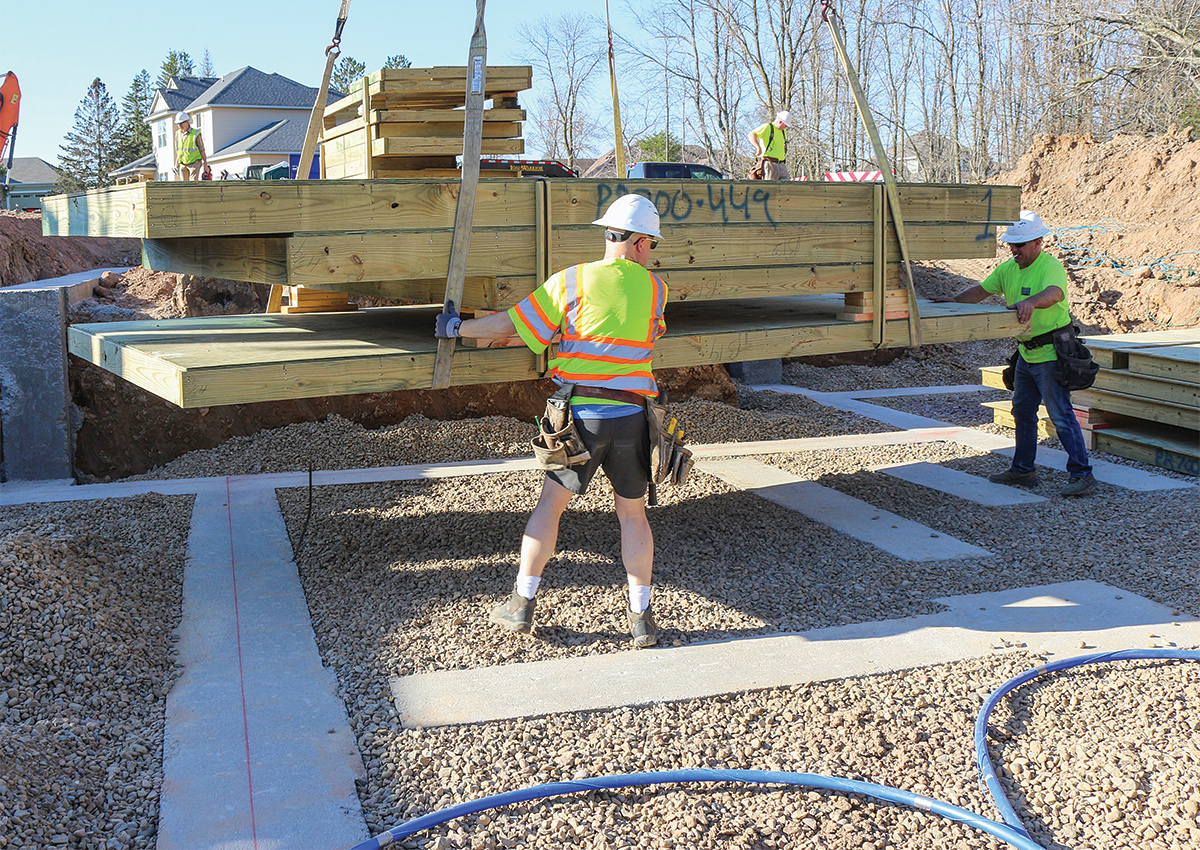
Details keep the foundation dry
All foundations need to keep water out of the basement or crawlspace. Concrete foundations are often covered with dampproofing or waterproof membranes, and sometimes a dimple mat to relieve hydrostatic pressure. But concrete can get and stay wet with no problems. I think the greatest worry when builders consider a wood foundation is rot. Treated plywood isn’t very porous, though, and is manufactured for heavy-duty below-grade contact to protect against decay and insects. The sheathing joints are shiplapped and sealed to prevent leaks.
My houses have a 12-in.-deep gravel bed at the base of the foundation walls that’s tied into a gravity drain running to a sump pit with a pump. The drains remove standing water from the sides of the footings and relieve hydrostatic pressure against the walls. A layer of poly sheeting on the foundation walls provides a low-resistance path for water to flow down the walls into the gravel bed and drain tile. These details keep the foundation reliably dry and comfortable.
Lift, set, and seal the panels
Lift and place
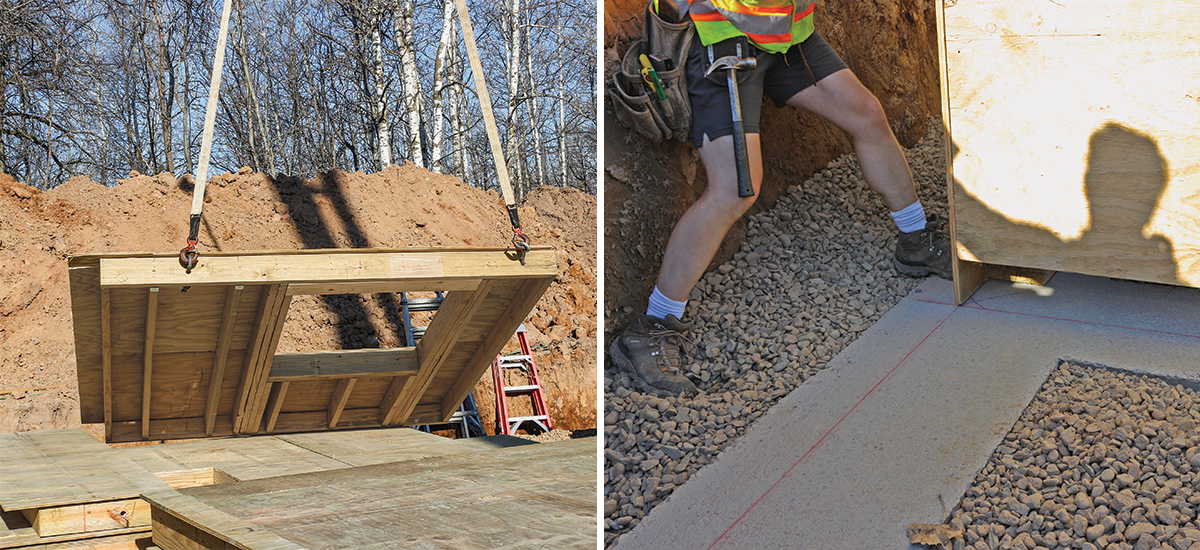
Glue panels together
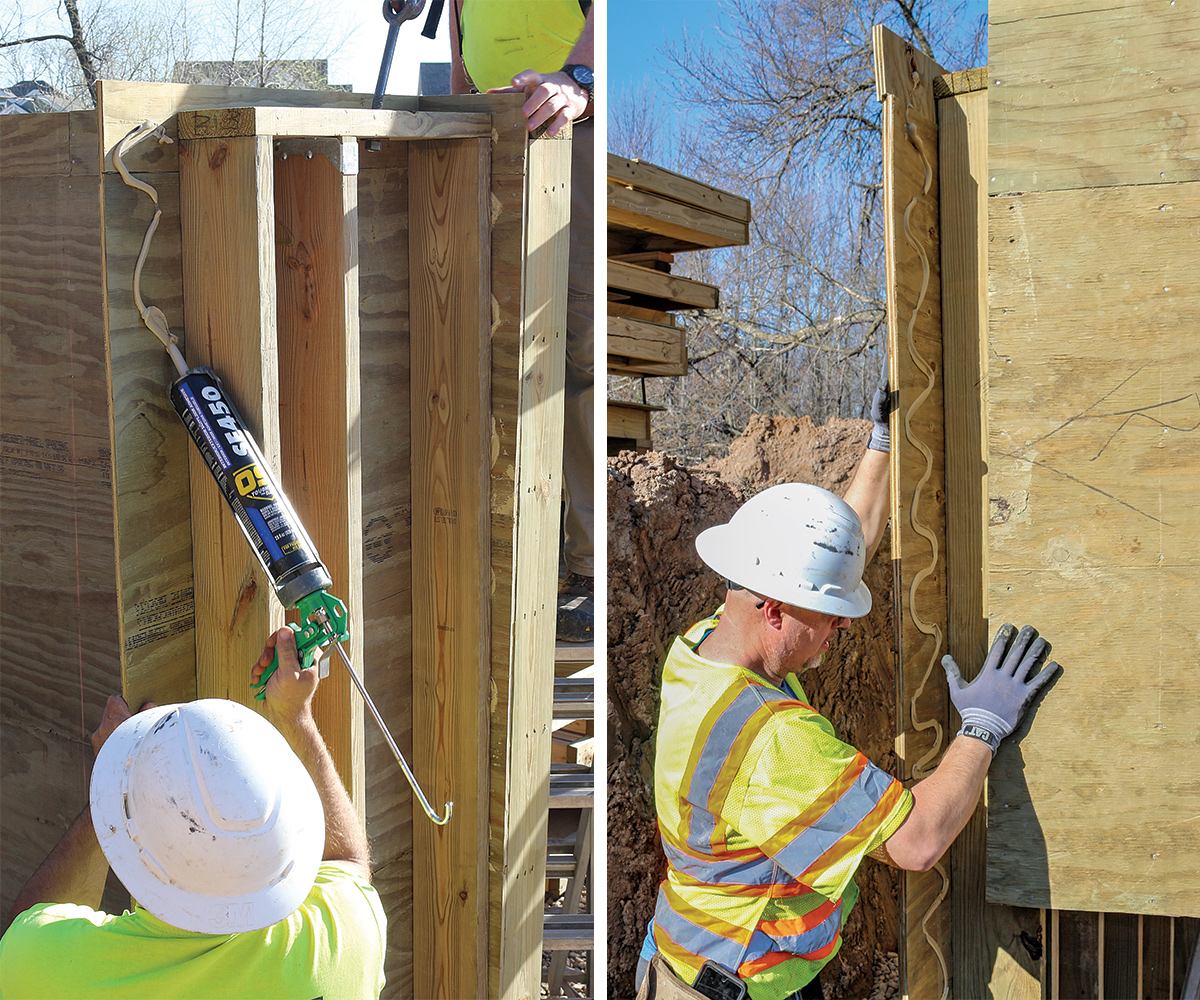
Check for plumb
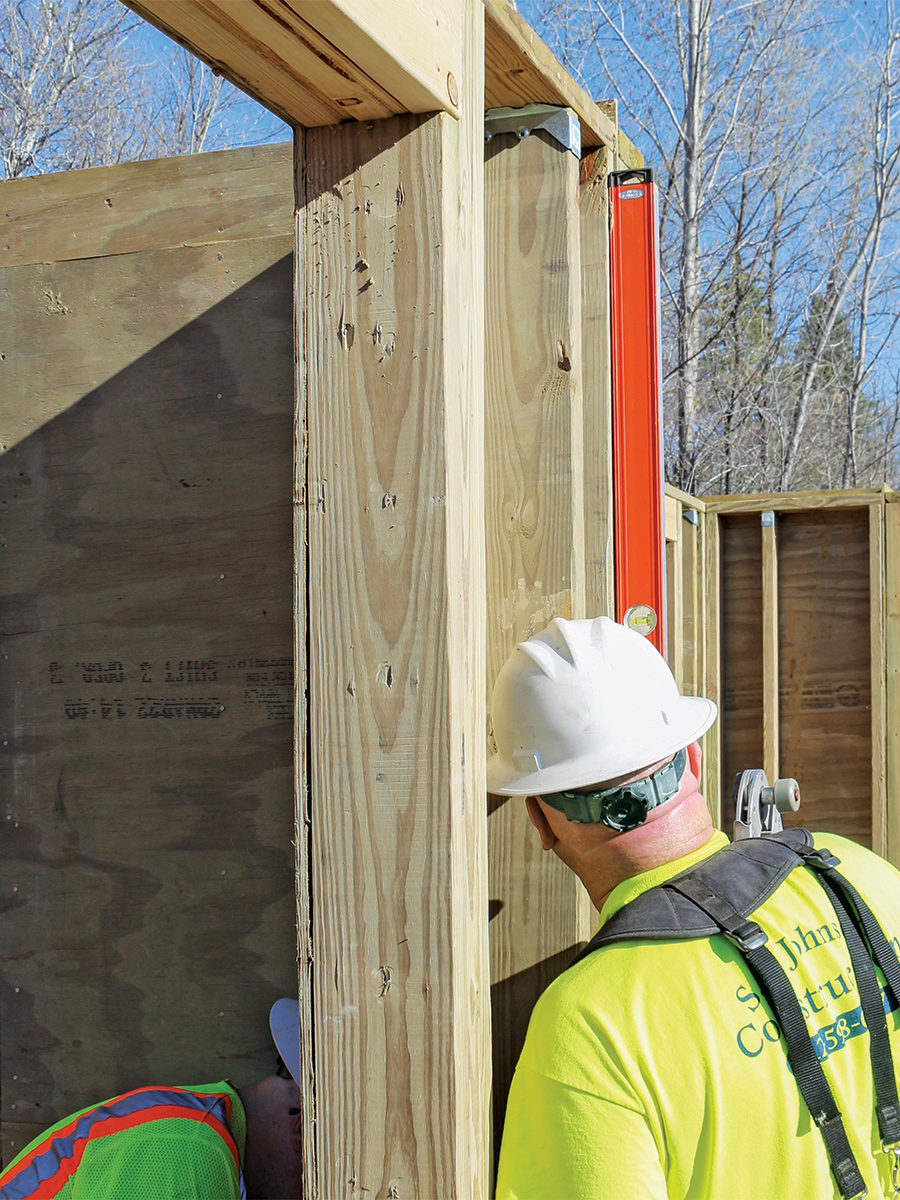
Connect corners with screws
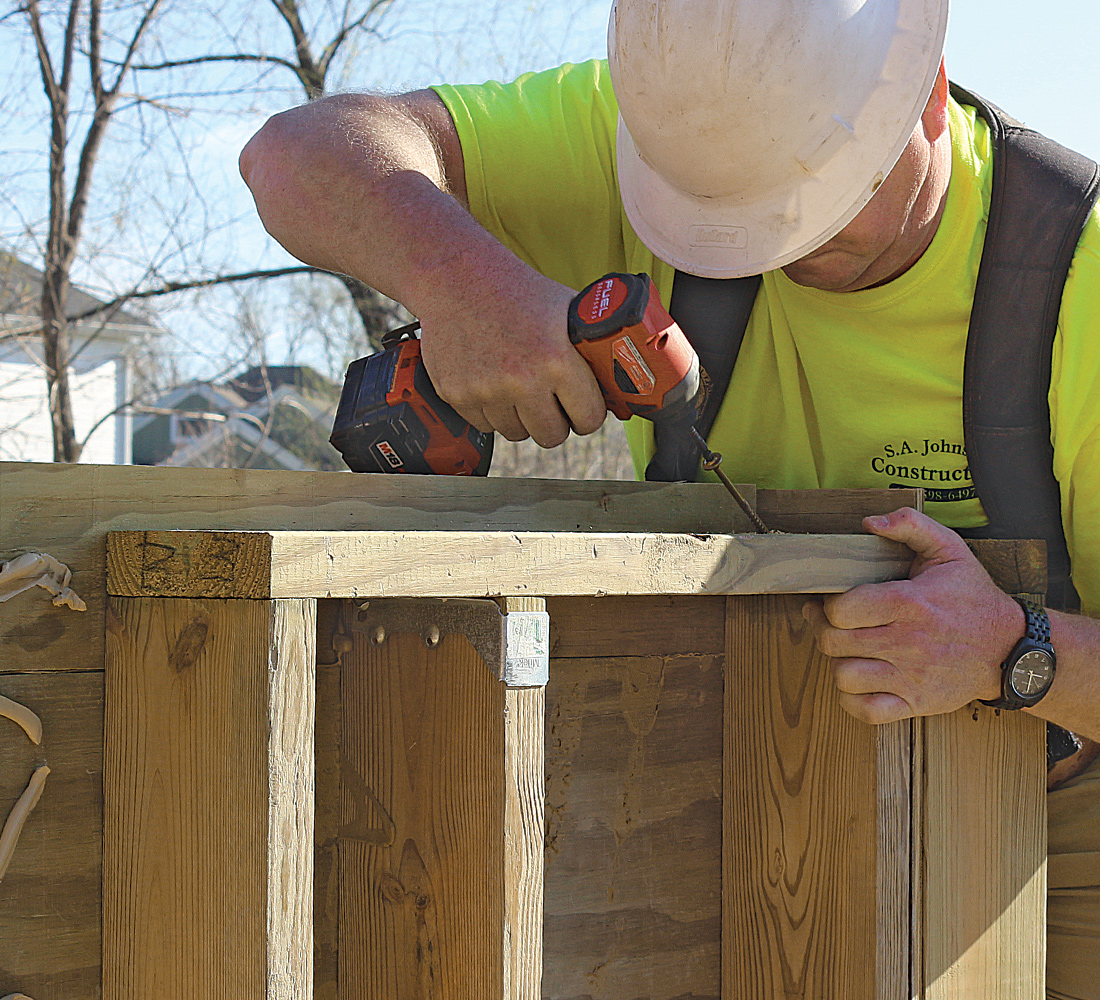
Nail corners and seams
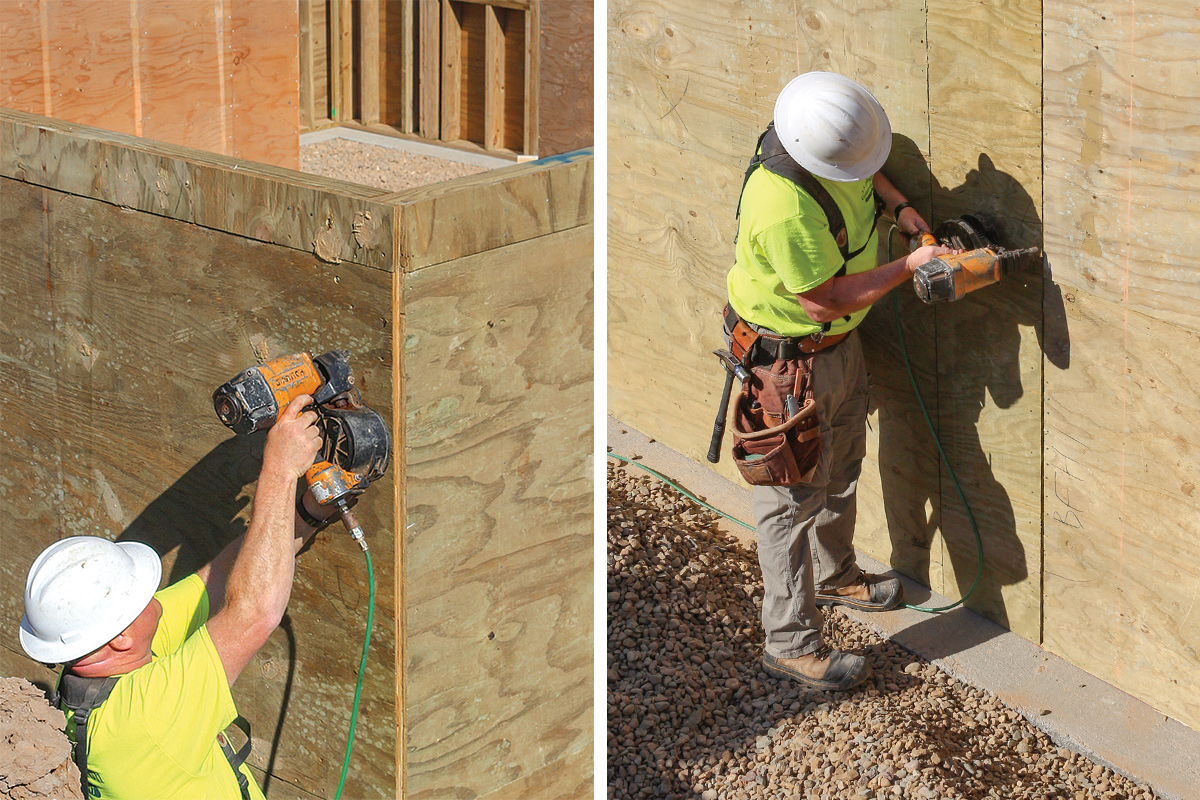
Fast, easy builds
We use wall panels from Edgebuilder, a component manufacturer in the Upper Midwest, for our new-home builds. With no formwork to set and strip and no concrete to cure, we save three to four days on our foundation installation using these prefabricated wood panels. This also eliminates two days of finishing the basement for living space.
You can frame a PWF on-site using the same design specs the building component manufacturer uses. They are found in the American Wood Council’s Permanent Wood Foundation Design Specification, which is the design standard that is cited in the IRC. Building the foundation panels is a good option for builders trying to do as much of the work as possible or when the construction site is far from a component manufacturer. As you might expect, trucking costs go up with distance from the plant.
The project shown in the photos started at 8:30 a.m., when a crane arrived at the site and began setting up. The truck delivering the panels had shown up a little earlier. The crane first moved the banded panels, which were stacked on the trailer in the correct order for construction, to the foundation excavation. Once the truck was unloaded, the crew set the walls one at a time with the crane’s help. By 10 a.m., the crane was driving away with all the walls standing, and Scott’s crew was taking a break before covering the foundation walls with poly sheeting. By 3 p.m., the crew was pulling off the job, and the foundation for the house, including all interior basement walls, the garage, and the front porch, were done. The following day, the framing crew built the floor system that reinforces the wood foundation and acts as an essential structural element.
Strengthen the system with interior walls and floor trusses
Interior walls act as bracing
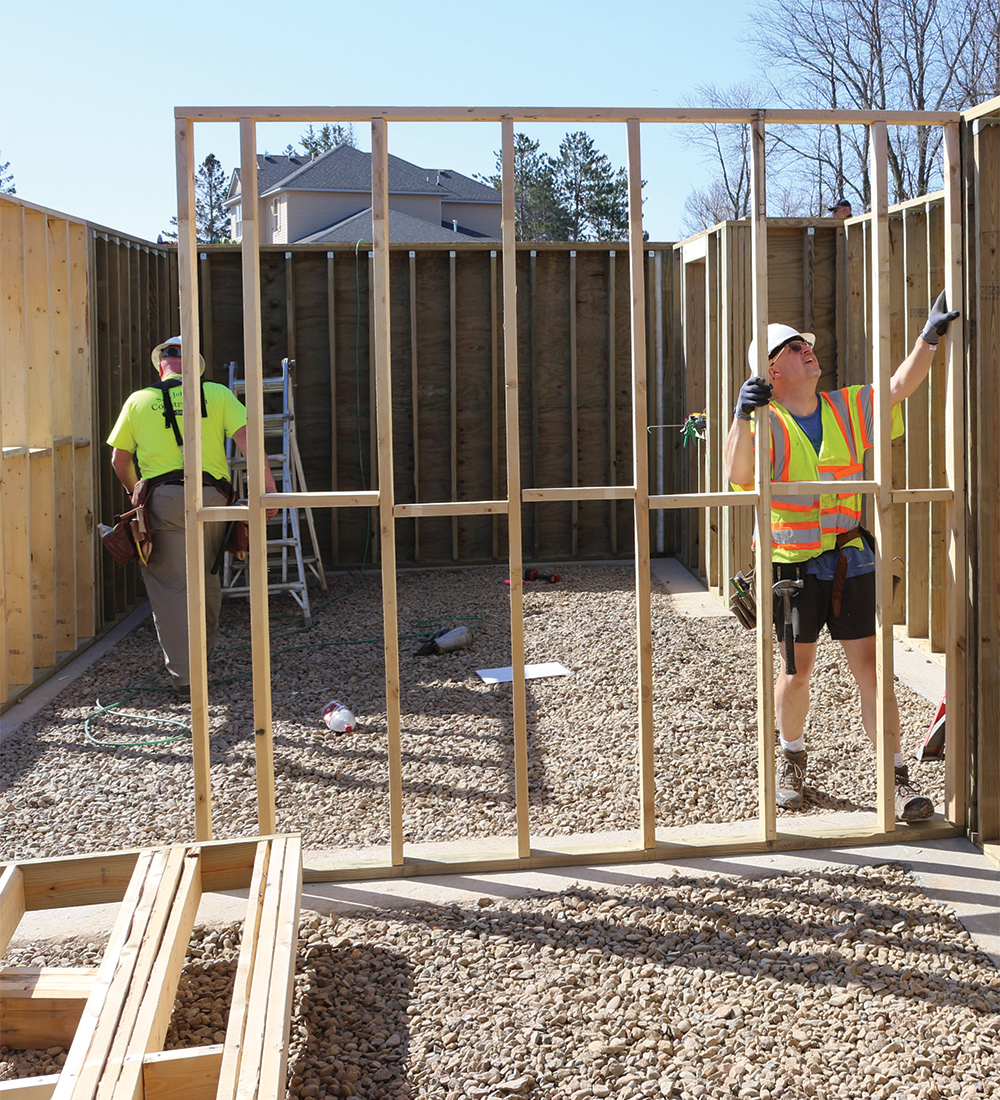
Seal panel seams
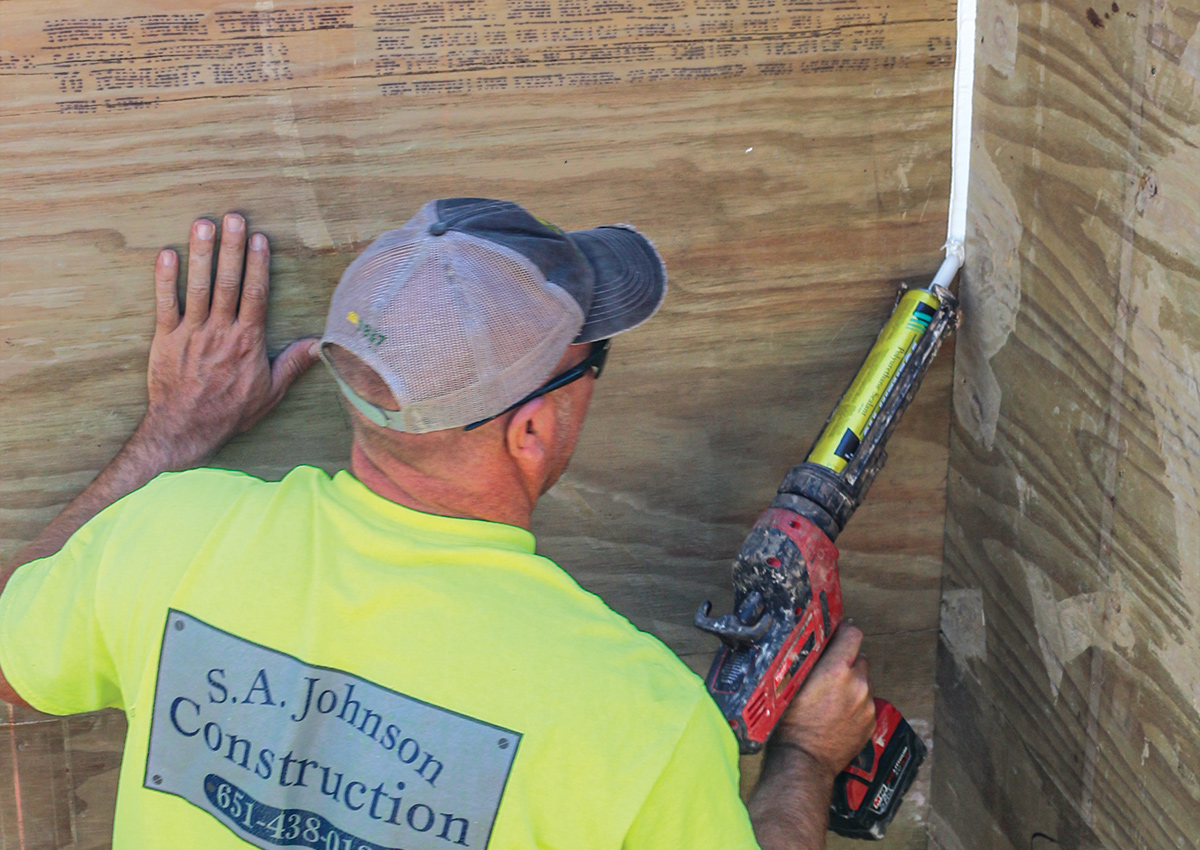
Poly, then second plate
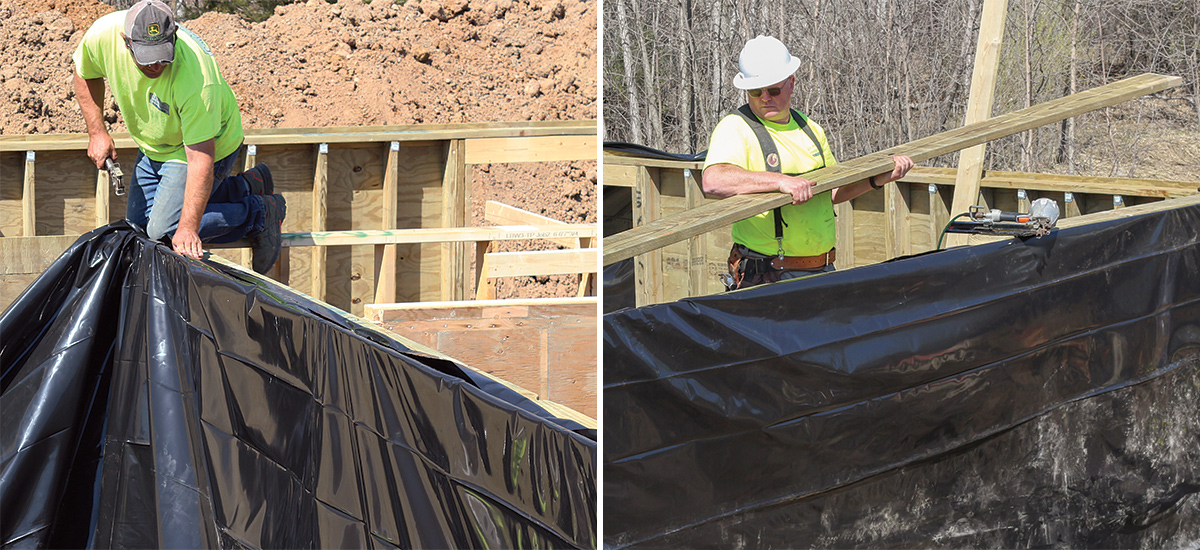
Floor resists lateral loads
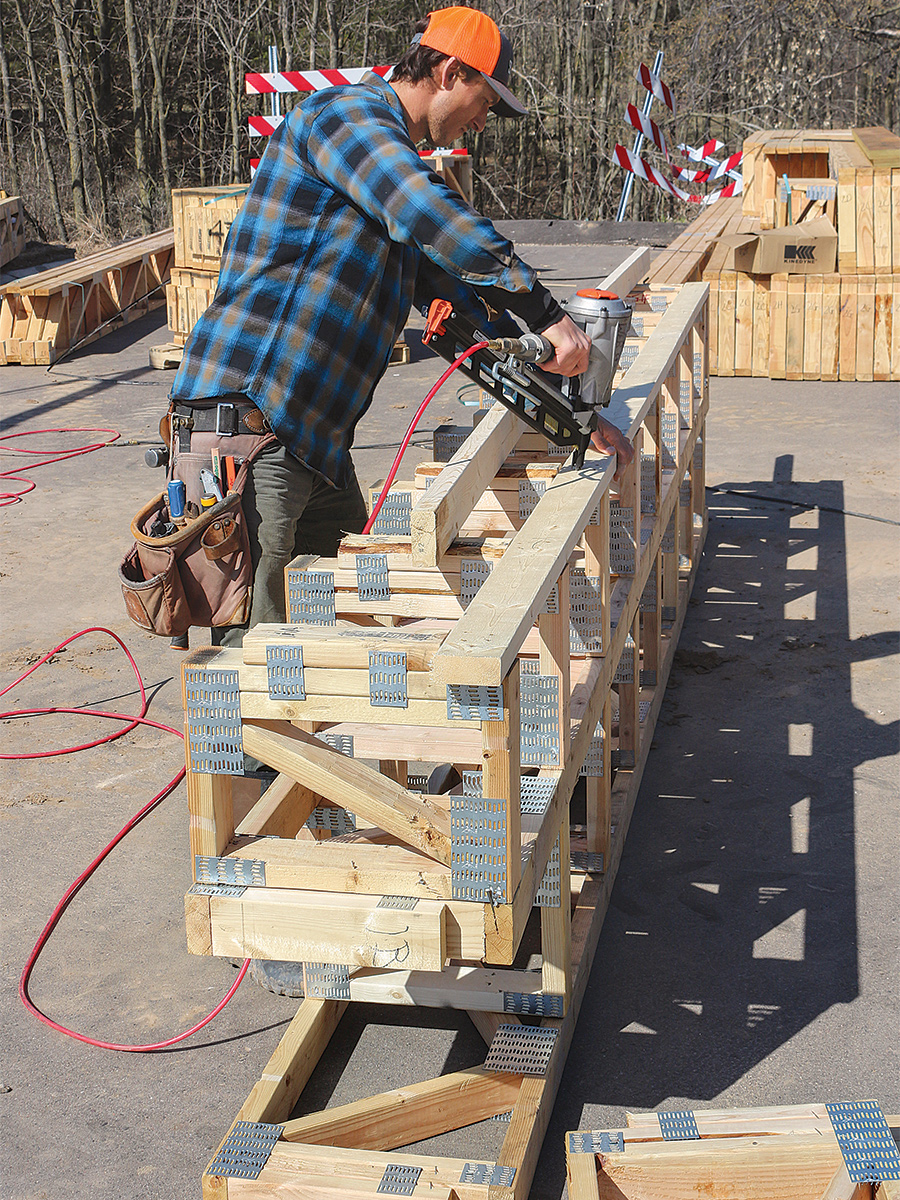
Tie the floor to the foundation
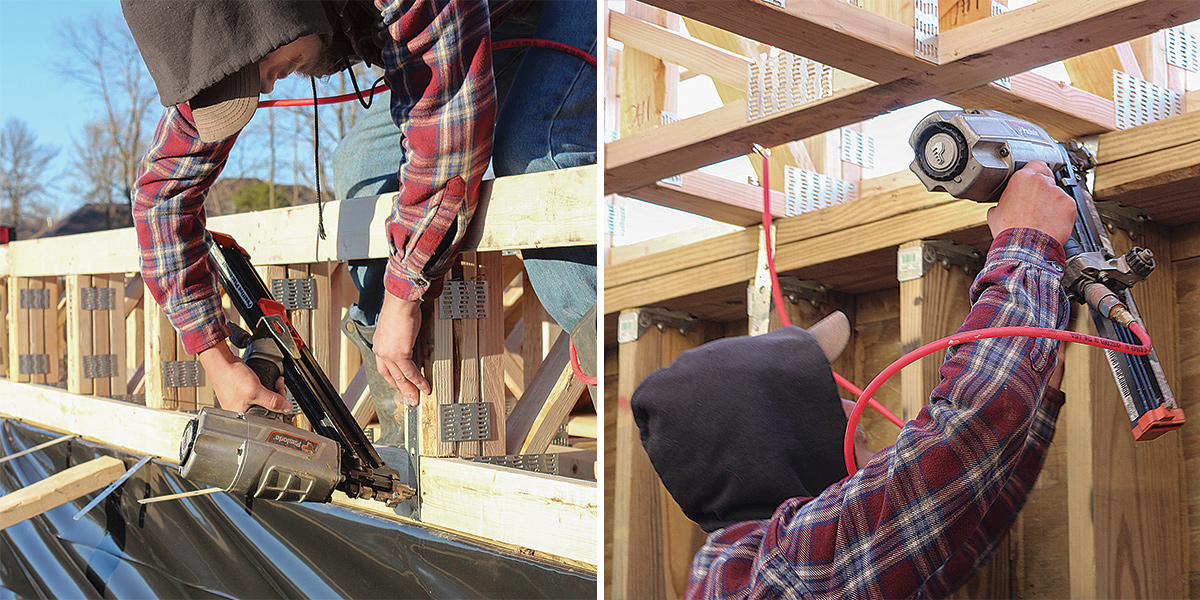
Tie the foundation to the footing

Considering costs
Comparing the costs of foundation types is difficult. I find that the faster build time and my proximity to a PWF panel supplier makes our typical 1800-sq.-ft. PWF about $5000 less than a concrete foundation. If you live in an area with a lot of masons, a block foundation is likely to be less expensive. Similarly, if the project is far from a component manufacturer, block or cast concrete may be cheaper. The depth and complexity of the foundation also weighs into the equation. We find that PWFs are easier to finish than other foundation types, so if the build has basement living space like our homes do, those costs are lower too.
Len Pratt is the president of Pratt Homes in St. Paul, Minn. Builder Fernando Pagés Ruiz, an ICC-certified residential building inspector in Houston, contributed to this article. Photos by Andrew Zoellner, except where noted.
RELATED STORIES
- Minimizing Concrete in a Slab-on-Grade Foundation
- Assembling a Concrete-Free Slab
- Podcast 565: Member’s Only Aftershow—Permanent Wood Foundations
Fine Homebuilding Recommended Products
Fine Homebuilding receives a commission for items purchased through links on this site, including Amazon Associates and other affiliate advertising programs.

All New Kitchen Ideas that Work
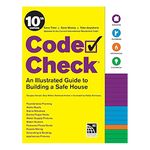
Code Check 10th Edition: An Illustrated Guide to Building a Safe House

All New Bathroom Ideas that Work
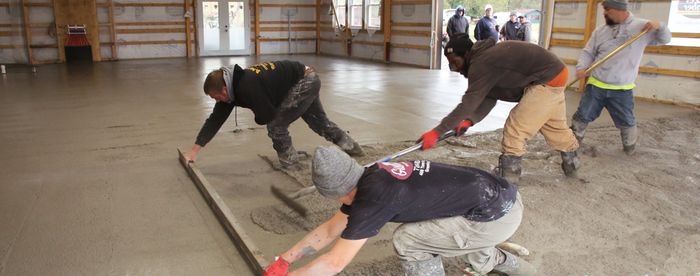
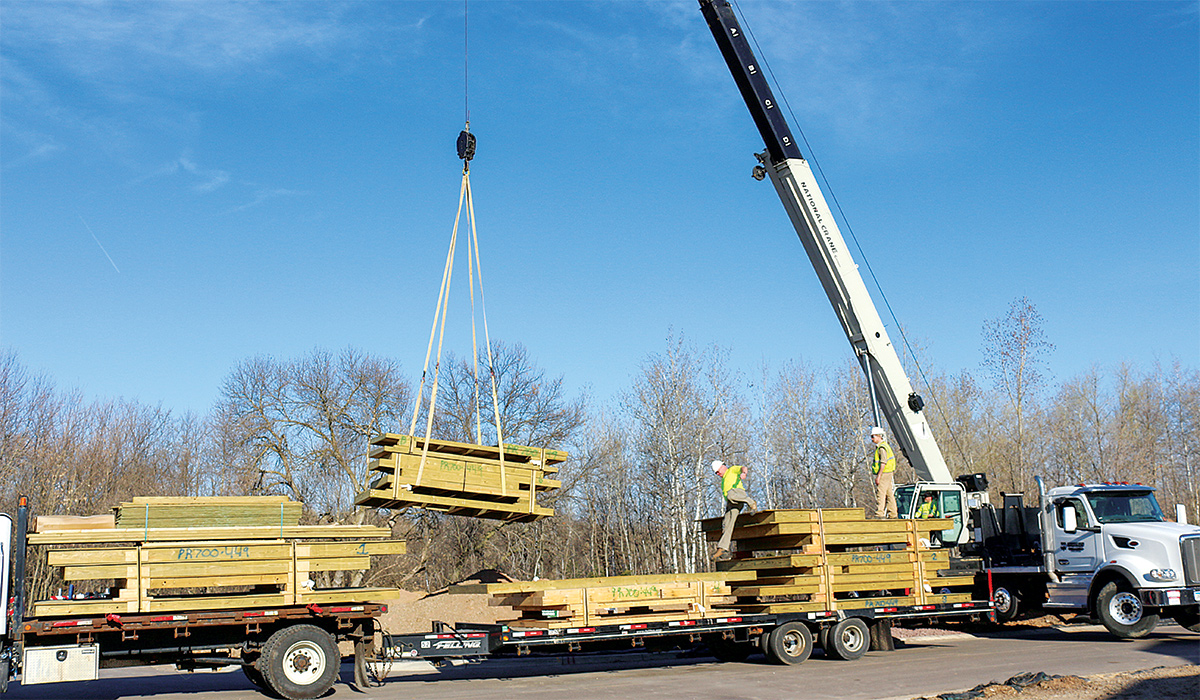
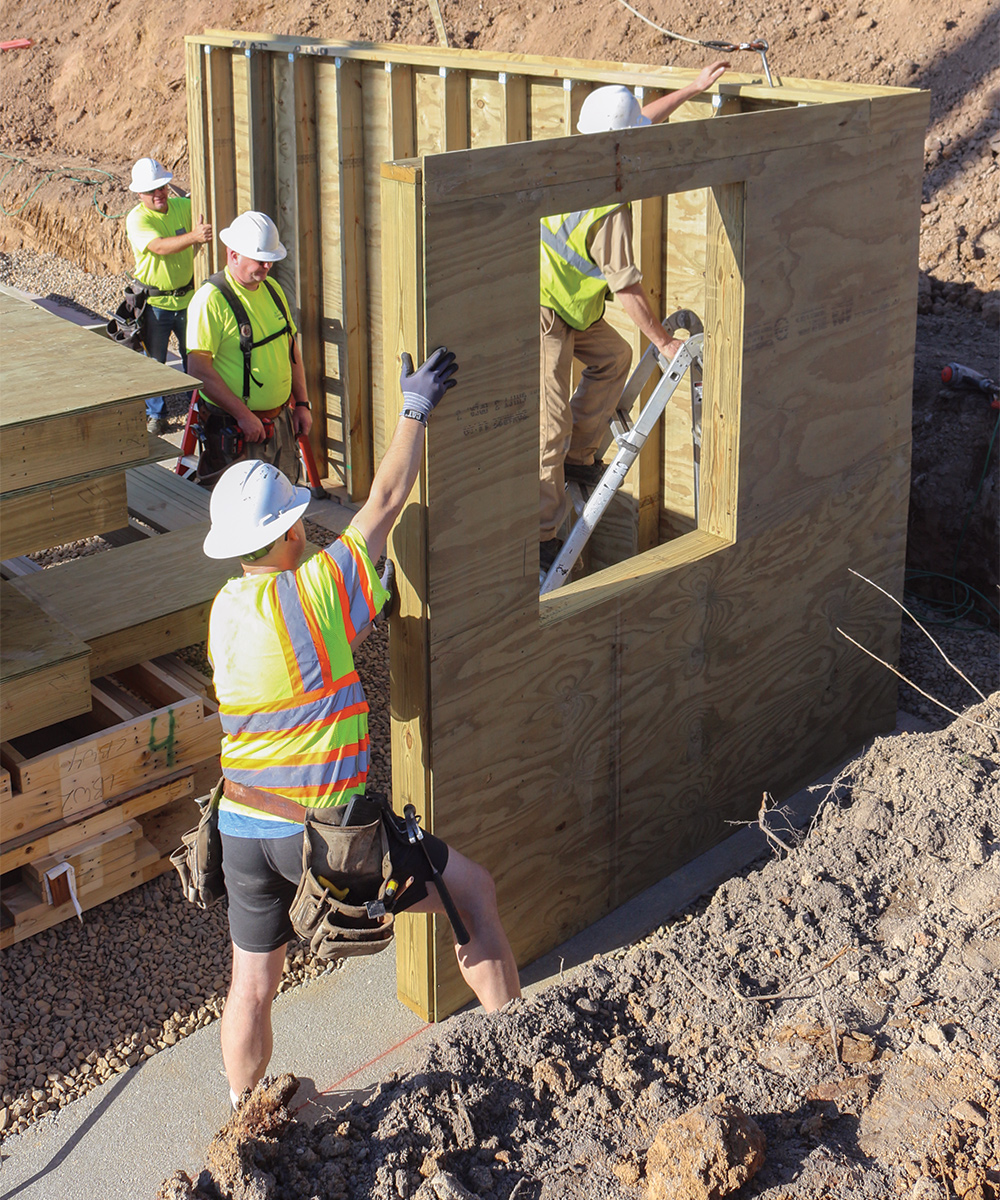

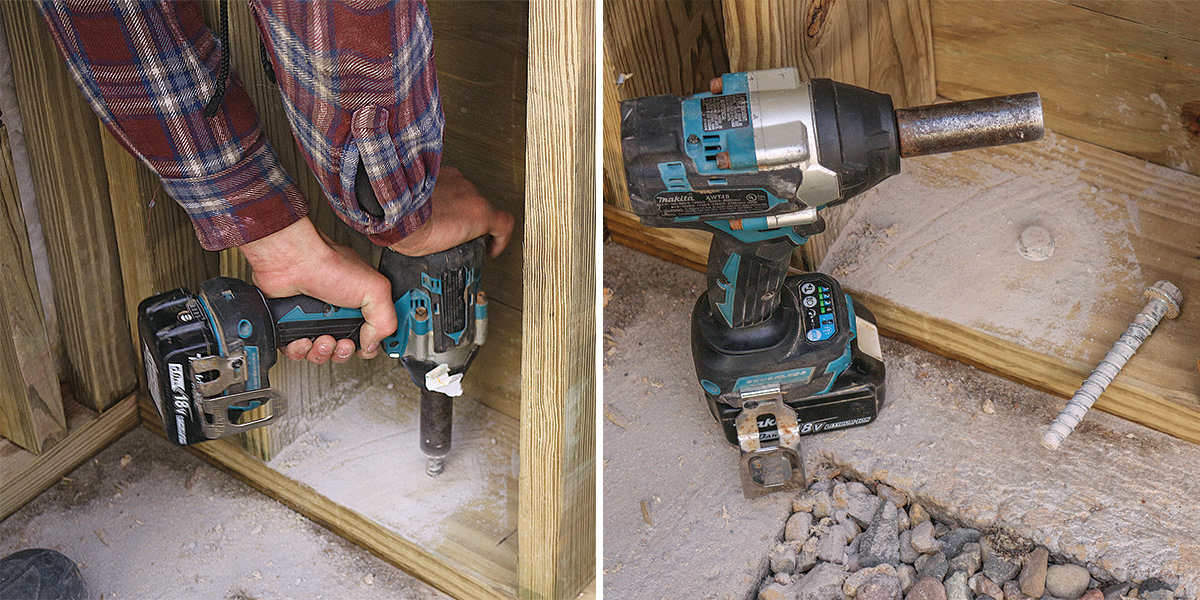




View Comments
Interesting article. I am glad people are considering how to replace concrete when creating below grade basement foundations. If we intend to address climate change we need to reduce concrete use where it makes sense.
Of course, using the phrase "wood foundations" is somewhat a matter of semantics. To be precise, this article is not so much about "wood foundations" per se, as about using wood to replace concrete in creating a below grade basement. If you are talking about "wood foundations" in a pure sense, then we need to consider the fact that there are millions of structures that are built on wood: Post frame barns (pole barns) and "barn- homes" utilizing wood posts or poles are found in virtually every rural area. And in coastal areas from Maine through Texas we have millions of structures (including very large homes and commercial buildings) built above ground on wood pilings driven into the ground. These foundation systems are far less complicated than the system in this article, they have been tested over many decades (and numerous hurricanes) and are much cheaper than using concrete or block to achieve the same thing. And wood pilings often perform better in flooding situations as the piles offer less resistance to moving water and typically do not absorb as much pollutants from the flood waters as concrete or block.
As one who recently had to repair one of these so-called "permanent" foundations that had rotted out. I would run from this idea as quickly as possible. Yes, I read about this in the '80s and wondered how they would hold up. Well, the repair/replacement was on a 15-year-old home that had three feet of pea gravel all the way up the wall and capped with a porch on top. What a mess and astronomical expense. Run Forest Run
What year was the PWF you worked on built? Did you notice the treatment stamps on the lumber? I'm wondering if the person who built it used UC4A wood rather than the UC4B or UC4C CCA treated lumber that's required. UC4A is the 'ground contact' lumber you find in local building material suppliers. It shouldn't be used for wood foundations
We fell into this when in 2002 we bought a house with a PWF in the DC area, built in 1986. We were skeptical, but loved so much else about the place that we decided to take the gamble. This is not an area that is known for dry basements, but our walk-out has shown little sign of moisture invasion.
We were told that the foundation was good for 50 years. At 37 years it's still going strong. Thanks for all the addition information on the process.
I'd like to see a 'how to' article coverihg PWFs. I know that wasn't the intent of this article. Here the author orders premade panels and installs them on site. I think a lot of readers would like to learn how to design (using the resource materials) a PWF and then how to build. The type of lumber that can be used (it's not in stock at your local lumberyard), the stainless steel fasteners that are required, nailing patterns, thickness of plywood..... And how to utilize the footing plate rather than the concrete footings the author uses here.